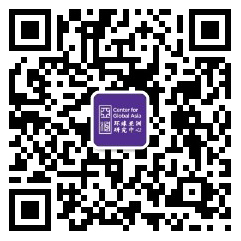2018 | Eurasian Connections | Max Moerman
Max Moerman Columbia University Biography D. Max Moerman (Ph. D. Stanford University, 1999) is Professor in the Department of Asian and Middle Eastern Cultures, Barnard College, Columbia University and Co-Chair of the Columbia University Seminar on Buddhist Studies. His research interests lie in the visual and material culture of pre-modern Japanese Buddhism. His publications have examined such topics as the representation of pilgrimage landscapes in painting, literature, and ritual; the burial of sutras and Buddhist images at sites in Northern Kyushu and at the Ise shrines; the death of the Buddha in medieval painting and Edo-period print culture; islands of women in the history of Japanese cartography; narrative and iconographic traditions of lepers and hot springs; woodblock printed talismans used in feudal oaths, economic contracts, and legal disputes; and the history of the Japanese Buddhist world map. 「 Japan, Jambudvipa, and the European World: Cartographic and Cosmological Hybridity in Japanese Folding Screens 」 Maps of the world painted on large-format folding screens constituted a radically new and profoundly hybrid form of visual and material culture in seventeen-century Japan. First produced at Jesuit painting academies within Japan –– and based on such European cartographic sources as the world maps of Mercator, Ortelius, Blaeu, and van den Keere –– these screens display a level of appropriation and transformation far beyond any simple notion of cartographic reproduction and reveal the transcultural encounter between Europe and Asia as multidirectional and multivalent. This paper analyzes examples of cartographic folding screens in which a map of the global world introduced by European Jesuits, entitled the World as a Globe (Typus Orbis Terrarum) is paired with a map of the Japanese archipelago situated within the Buddhist geography of a flat earth, entitled Map of Great Japan within the Continent of Jambudvīpa (Nansenbushū dainihon shōtōzu). I examine such



